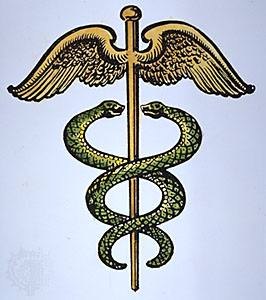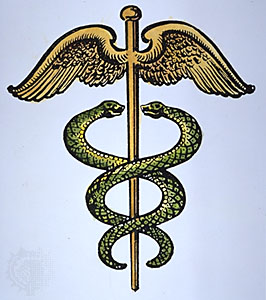 Ever wonder how those urban legends get started about crazy lawsuits that somehow find their way into the hands of tort “reformers” who repeat them as true? Read on, my friends.
Ever wonder how those urban legends get started about crazy lawsuits that somehow find their way into the hands of tort “reformers” who repeat them as true? Read on, my friends.
On a blog called ER Stories, an anonymous individual who calls himself an emergency room doctor in the northeast sets forth this set of facts, but without a single link or method of authentication:
A woman comes into the ER with a claim of a fish bone stuck in her throat, and has an x-ray. The radiologist says its an osteophyte, a small bit of bone. So she gets scoped two days later and, lo and behold, a fish bone comes out, not an osteophyte.
Now the good part, our anonymous doctor continues the story with the good stuff:
A few weeks later, all three doctors get the dreaded “, esq” singed letter – they are being sued for missing the bone. Now, here is the ridiculous part. Her suffering? Severe pain? Infections? Scarring? Worse? No, SHE SUED BECAUSE SHE COULD NO LONGER PERFORM ORAL SEX! Yes, that is right.
The case subsequently settles, allegedly, for $60,000 due to the misdiagnosis.
And so the story spreads. Kevin, M.D., aggregator extraordinaire for medical blogs, picks up the posting and spreads it far and wide with this headline and one-liner:
Unable to perform oral sex, sue the doctor
Read it to believe it.
So Kevin has bought the story. And at least two other highly-rated bloggers have also linked:
- Patient sues as she can no longer perform oral sex..and wins
- Woman unable to perform oral sex sues the doctor
While each of these bloggers no doubt linked to it in good faith, it must be noted that the original story has no case name, no documents or docket number, nor even a state where this allegedly happened.
The original author responded to the challenge of the unsourced material in the comments of Kevin’s blog, in order to “authenticate” the story, with this whopper:
Actually I posted this story. I heard it first hand from a physician (who works with me) who was a partner with the doctor that was sued. He knew the details as they unfolded. Unless he was lying through his teeth to me, it is how it happened.
So the story hits the Internet third-hand:
1. The defendant
2. Defendant’s partner
3. Anonymous Blogger
And that is how an urban legend is born. Not to mention a really good fish story.


